High pressure Die casting in Arizona
High pressure Die casting for Arizona
Welcome to our Die Casting Service, where precision meets efficiency, crafting quality components for your industry needs.
Custom Parts, On Demand Manufacturing
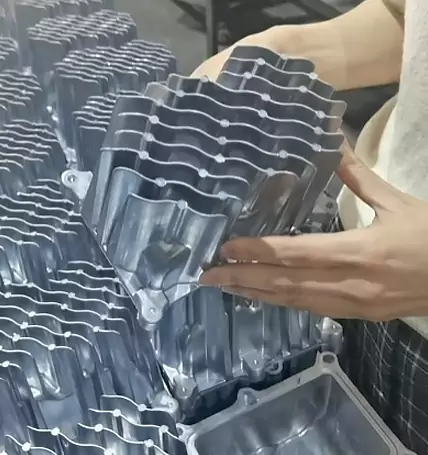
We Provide Satisfactory High pressure Die casting services in Arizona
Provide you with high-quality and cost-effective cast parts.
Welcome to CapableMachining, your trusted partner for cutting-edge die casting services. With years of experience and a team of skilled professionals, we are dedicated to providing top-quality die casting solutions for a wide range of industries. From prototype development to mass production, we have the capabilities and expertise to meet your die casting needs. Contact us today to learn more about how we can help bring your designs to life with precision and reliability.
Type services
We offer versatile die-casting services tailored to your product specifications, utilizing both hot chamber and cold chamber systems. Hot chamber systems cater to alloys like zinc, tin, and lead with lower melting points, while cold chamber die-casting machines excel with high melting temperature alloys such as aluminum, brass, and magnesium. Ensuring top-tier manufacturing solutions for your diverse needs.
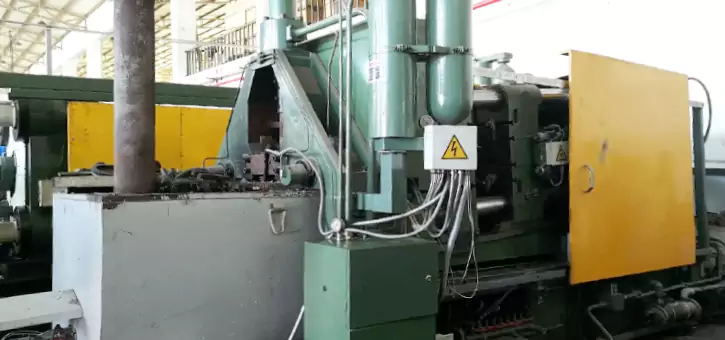
Hot chamber system
Hot chamber die-casting machines are used for alloys with lower melting points. The molten metal flows into the injection chamber through the inlet, and the hydraulically driven plunger forces the molten metal through the gooseneck channel and into the mold.
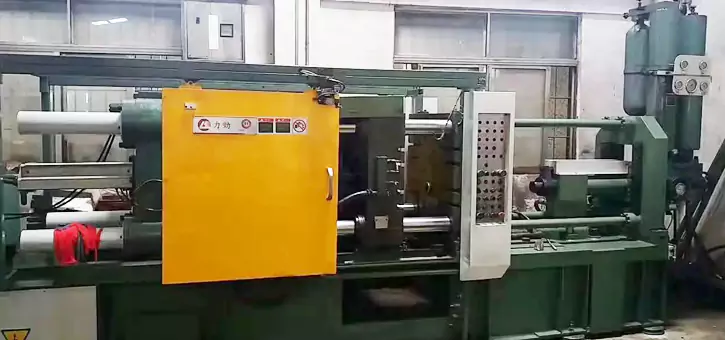
Cold chamber system
Cold chamber die-casting machines are used for alloys with high melting temperatures. The molten metal is still kept in an open insulated tank. These alloys cannot be cast in hot chamber die-casting machines because they will damage the pumping system.
Relative services
Capabilities
Equipment
Hot chamber system: clamp force up to 400 tons
Cold chamber system: clamp force up to 800 tons
Tolerances
Product: Heavily depending on the part type and the size of the part, typically +/- 0.1mm or +/-0.04 inch
Tooling tolerance: typically +/- 0.01mm or +/-0.004inch
Mold Life Cycle
Typically 30,000~50,000
Leading Time
Tooling: 35 days
Casting: 5~7 days
Material
Aluminum Alloy: ADC7,ADC10, ADC12,ADC14 A380, A360, A353
Zinc Alloy: ZA,ZA12, ZA27, AG-40, AG-41
Magnesium Alloy: AZ91D, AZ80M, AZ31B, AM60B, M2M
Thin wall
Typical: >1.5mm(depend on parts type and size)
Common Materials
Die casting materials are divided into the following three categories according to the properties of the metal materials used
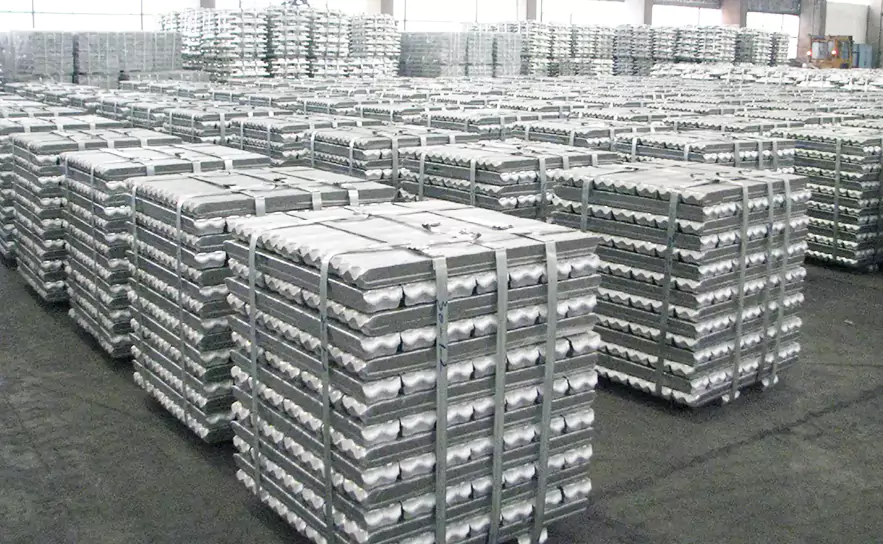
Aluminum alloys
Die-casting aluminum alloys have good performance and process performance, so the die-casting of aluminum alloys has developed rapidly and has been widely used in various industrial sectors.
Material properties:
- Strong and durable: Aluminum alloys are tough, hard, and resist corrosion. For instance, parts made from ADC12 are both sturdy and wear-resistant.
- Efficient heat transfer: Aluminum alloys boast exceptional thermal conductivity. This efficiently spreads and dissipates heat, enhancing parts’ ability to withstand high temperatures. This is particularly crucial in applications like car engines, electric fans, and LED lights, where efficient heat dissipation is essential.
- Easy to mold: Aluminum alloys are highly fluid, allowing them to effortlessly fill molds and solidify rapidly to create desired parts. This ease of molding enables efficient mass production of numerous identical or diverse parts within a short timeframe.
common types: ADC7,ADC10, ADC12,ADC14 A380, A360, A353
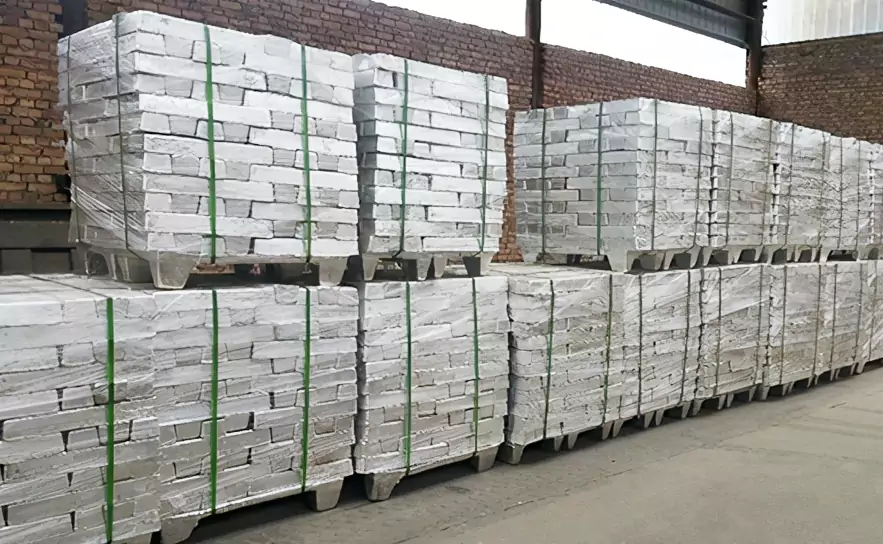
Magnesium alloys
Magnesium alloy is an alloy composed of magnesium and other elements. The main alloying elements are aluminum, zinc, manganese, cerium, thorium and a small amount of zirconium or cadmium.
Material properties:
- Light weight, high specific stiffness, high specific strength, strong thermal conductivity
- Good machining performance, good impact resistance and compression resistance
- Good die-casting performance, good dimensional accuracy and stability
- Good regeneration, can be completely recycled
- Low corrosion resistance, flammable and explosive
Mainly used in aerospace, military, automobile, motorcycle and 3C electronic products.
Type: AZ91D, AZ80M, AZ31B, AM60B, M2M
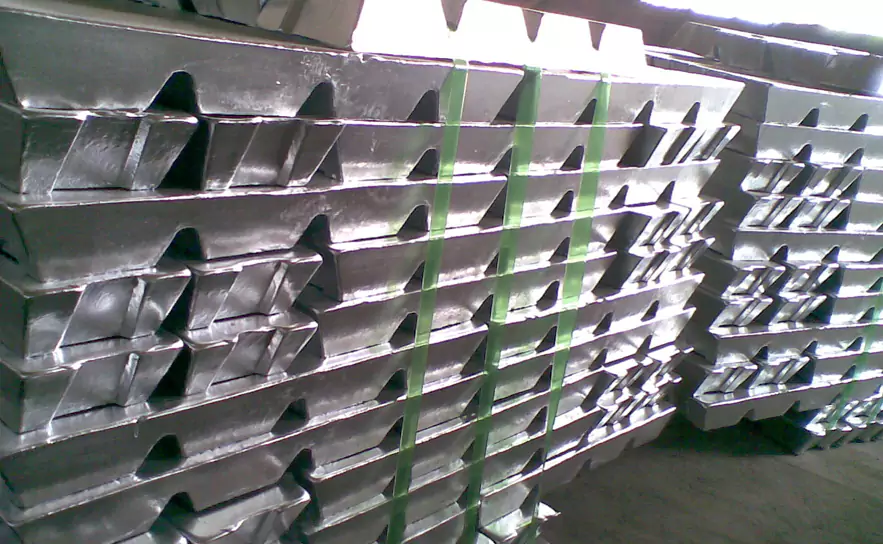
Zinc alloys
Zinc alloy is an alloy composed of zinc and other elements. Often added alloying elements are aluminum, copper, magnesium, cadmium, lead, titanium and other low-temperature zinc alloys.
Material properties:
- Large specific weight; good casting performance, can die-cast precision parts with complex shapes and thin walls, and the surface of the castings is smooth;
- Surface treatment can be carried out: electroplating, spraying, painting, electrophoresis, polishing, water transfer printing, etc.;
- It has good mechanical properties and wear resistance at room temperature;
- Poor corrosion resistance, not suitable for use in high temperature and low temperature (below 0°C) working environment
Mainly used in toys, lamps, decorations, auto parts, mechanical and electrical parts, electrical components and their casings.
Type: AZ91D, AZ80M, AZ31B, AM60B, M2M, etc.
Our Quality Control
Our company boasts a familiar quality assurance framework and a team of adept technical engineers who diligently oversee every aspect of our product manufacturing process – from acquiring top-notch unprocessed components to delivering impeccable finished goods that encompass metals and plastics. To keep our dedication to perfection, we extensively utilize advanced testing technology and cutting-edge equipment to meticulously evaluate crucial parameters such as workpiece dimensions, hardness, tensile strength, and elongation at every stage of production. We seek to maintain utmost control over these data points to meet and surpass the expectations of our esteemed clientele consistently.
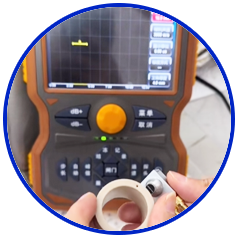
Professional quality control Engineer
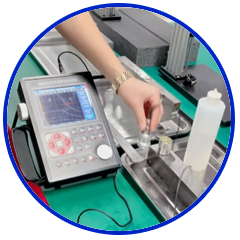
Tolerances up to ±0.0004″ (0.01mm)
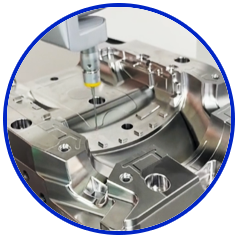
State-of-the-art Inspection Facilities
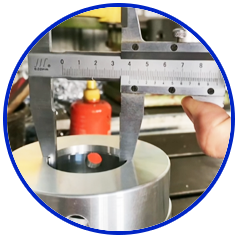
Proven and reliable quality control system.
Gallery of Parts
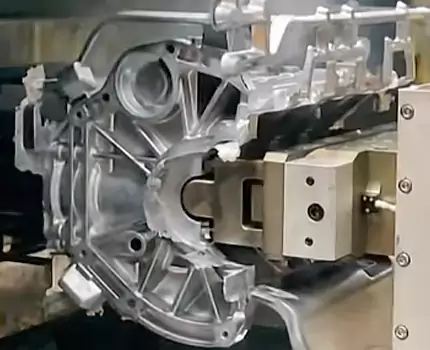
Auto Parts
Material: AL
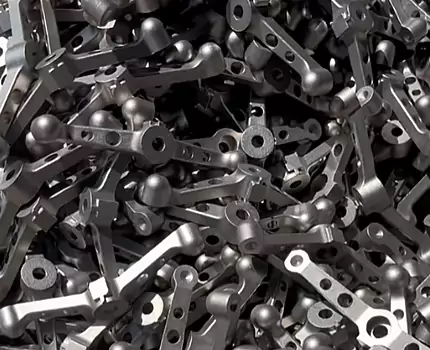
Equipment part
Material: AL
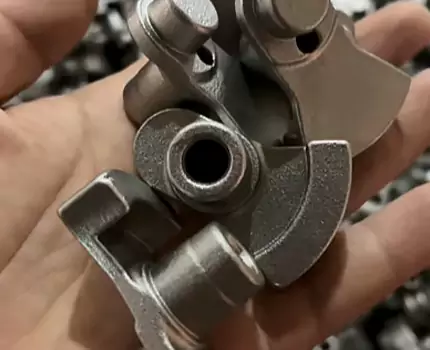
Comsumer part
Material: AL
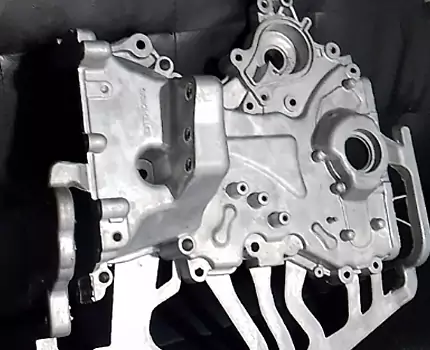
New energy auto
Material: AL
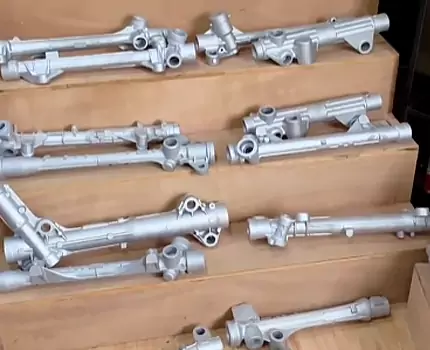
Industry parts
Material: AL
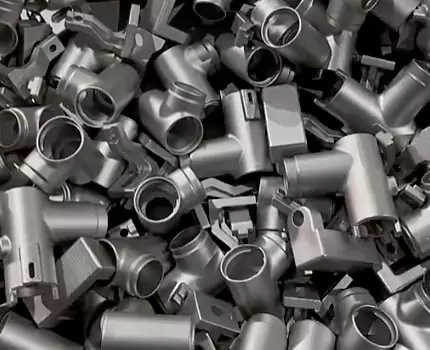
Agriculture machine parts
Material: AL
Other capabilities
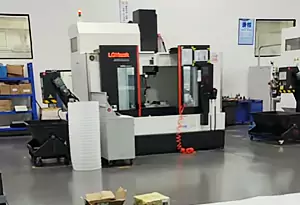
- Free & Automatic DFM feedback
- Tolerances: typically +/- 0.15mm or +/-0.006 inch
- Tooling: 30 days
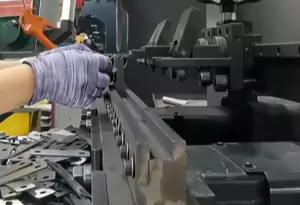
- Free advices from high trained engineers.
- Quotation in a few hours.leading time 3 days
- Fast delivery time
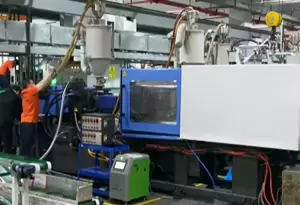
- Tolerances: typically +/- 0.15mm or +/-0.006 inch
- Free consultant ,Free DFM feedback
- Typically Tooling: 30 days
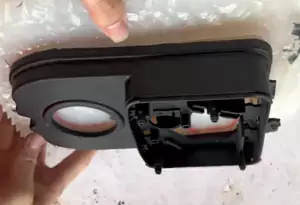
- Wide range of material choices
- Free consultant from engineers
- Fastest leading time: 1 day
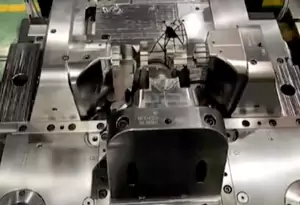
- Free & Automatic DFM feedback
- Tolerances up to ±0.00078″ (0.02mm)
- Rapid tooling: 7~12 days
How do find our location?
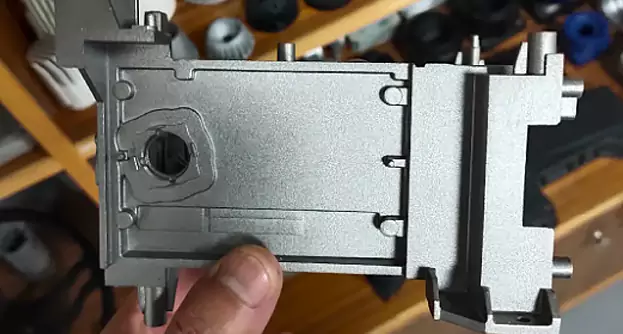
High pressure Die casting in Arizona
Other Location Near me
FAQ
Q: What is High Pressure Die Casting?
High pressure die casting is a manufacturing process in which molten metal is forced into a mold cavity under high pressure. This process is commonly used to produce large quantities of metal parts with high precision and detail.
Q: How is High Pressure Die Casting different from other casting processes?
High pressure die casting is different from other casting processes, such as gravity casting or sand casting, because it uses high pressure to force the molten metal into the mold cavity. This results in faster production times and higher quality parts.
Q: Why is High Pressure Die Casting popular in Arizona?
High pressure die casting is popular in Arizona because of the state’s strong manufacturing industry and access to skilled labor. The process is well-suited for producing complex parts at a rapid pace, making it ideal for industries such as automotive, aerospace, and electronics.
Q: What are some advantages of High Pressure Die Casting?
Some advantages of high pressure die casting include high productivity, dimensional accuracy, and the ability to produce large quantities of parts quickly. Additionally, the process allows for the production of parts with thin walls and intricate details.
Q: What are some limitations of High Pressure Die Casting?
Some limitations of high pressure die casting include high tooling costs, limited material options, and the need for skilled operators to ensure quality production. Additionally, parts produced using this process may require additional finishing operations.
Q: How can companies benefit from using High Pressure Die Casting?
Companies can benefit from using high pressure die casting by increasing production efficiency, improving product quality, and reducing overall costs. The process allows for the production of complex parts with minimal waste, making it an attractive option for many industries.
Q: What are some key considerations when choosing a High Pressure Die Casting supplier?
Some key considerations when choosing a high pressure die casting supplier include experience, expertise, quality control measures, and the ability to meet production deadlines. It is important to work with a supplier that has a proven track record of delivering high-quality parts on time.
Q: How can companies ensure success when implementing High Pressure Die Casting?
Companies can ensure success when implementing high pressure die casting by conducting thorough research, working closely with their supplier, and continuously monitoring the production process. It is important to have clear communication and set specific goals to achieve the desired outcomes.
Q: What are some emerging trends in the High Pressure Die Casting industry?
Some emerging trends in the high pressure die casting industry include the use of new materials, advanced technologies, and automation. These trends are aimed at improving production efficiency, reducing costs, and meeting the growing demand for high-quality metal parts.
Q: How can companies stay competitive in the High Pressure Die Casting market?
Companies can stay competitive in the high pressure die casting market by investing in technology, training their workforce, and continuously improving their processes. It is important to stay informed about industry trends and innovations to remain ahead of the competition.
Conclusion
High pressure die casting is a versatile manufacturing process that offers numerous benefits for companies looking to produce high-quality metal parts efficiently. By understanding the process, considering key factors, and staying informed about industry trends, companies in Arizona can stay competitive and succeed in the high pressure die casting market.